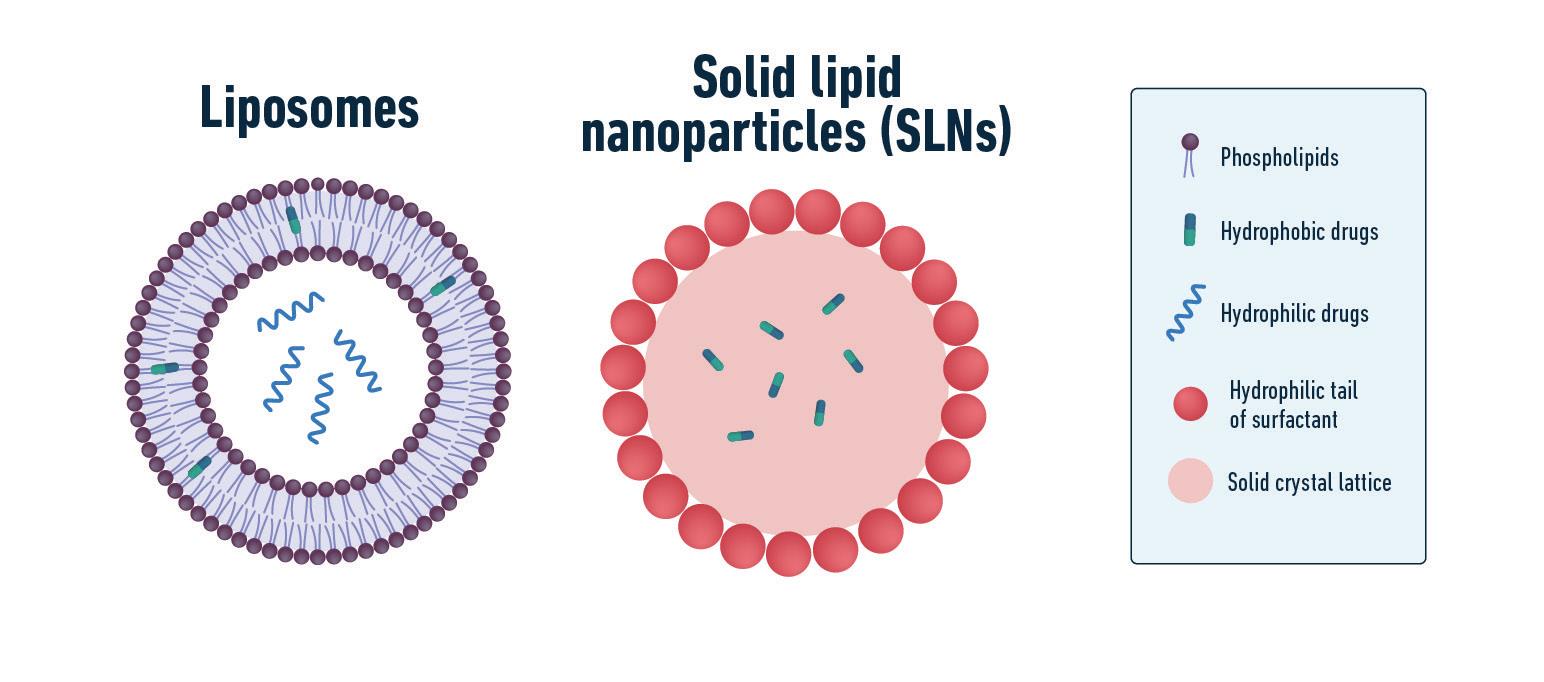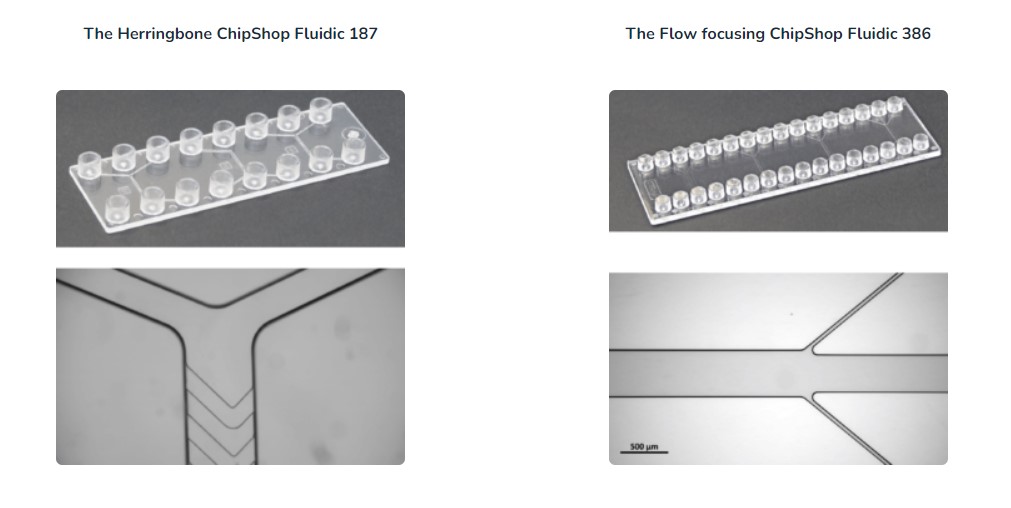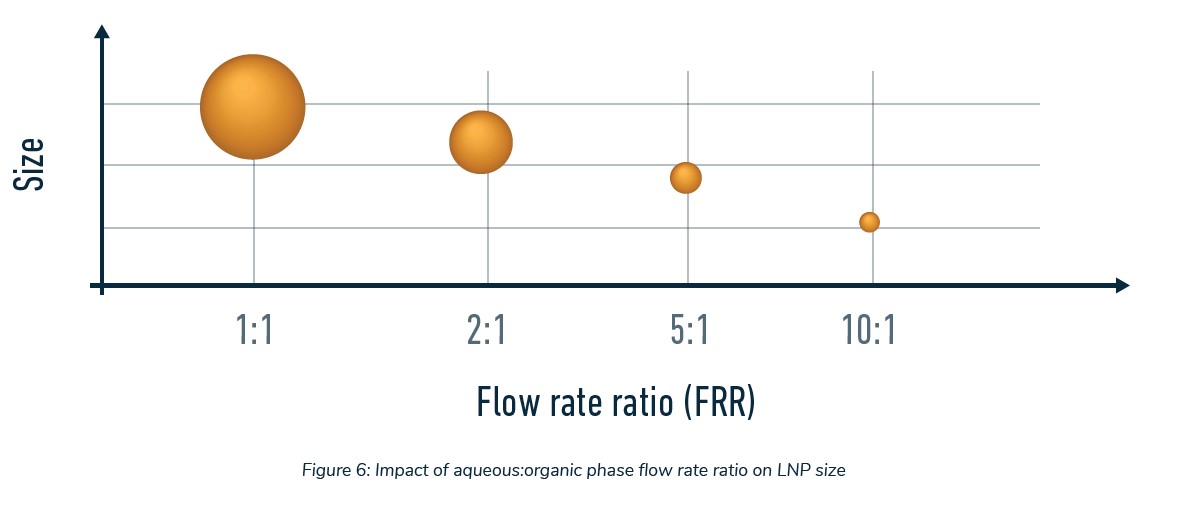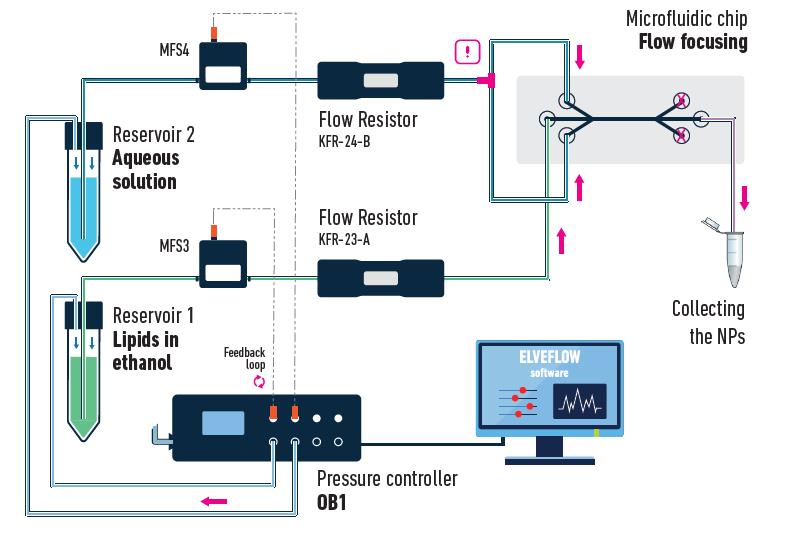Welcome to Dalian Leader Laboratory, a provider of laboratory solutions!
Service hotline: 0411-87307760
 中文
中文
Welcome to Dalian Leader Laboratory, a provider of laboratory solutions!
Service hotline: 0411-87307760
 中文
中文
About lipid nanoparticals
Liposome is a new drug preparation with targeted drug delivery function. Liposome is a preparation formed by encapsulation of drug molecules by vesicles formed by phospholipid bimolecular membrane, which has both hydrophilic and hydrophobic properties. Lipid Nanoparticle (LNP) is the use of lipids to form nanoparticles. Liposomes are widely studied in drug delivery system. Liposomes have biofilm-like structure and can encapsulate both water-soluble and fat-soluble drugs. It has the characteristics of high selectivity, non-toxicity, non-immunogenicity and suitable for biodegradation in vivo. As a drug carrier, liposome has a high degree of targeting, can effectively protect the encapsulated drugs, and can significantly improve the drug therapeutic index and reduce the adverse reactions of drugs.
Liposome drug delivery system plays a very important role in reducing drug toxicity, increasing drug concentration in target and improving drug efficacy. At present, researchers have designed targeted liposomes with or without target recognition molecules on the membrane, including anti-tumor drugs, anti-parasitic drugs, antifungal drugs, hormones, peptides, enzyme drugs and drugs for vaccines, gene therapy and immunodiagnostics. Many liposomal drugs have been approved and applied in medical practice, and there are 50 kinds of nanomedicine that have been marketed, including a variety of nanomedicine, and lipid nanoparticles are the most. Lipid nanoparticles are multi-component lipid systems that typically contain phospholipids, ionizable lipids, cholesterol, and pegylated lipids. Lipid nanoparticles are able to encapsulate and deliver therapeutic drugs to a specific location in the body and release their contents at a specific time, thus providing a valuable and specific delivery channel for a variety of drugs. Usually, chemical drugs are directly coated with lipid nanoparticles, but in the field of gene therapy, nucleic acids such as mRNA, siRNA, pDNA, etc. are coated with lipid nanoparticles, which are called nucleic acid lipid nanoparticles.

Advantages of using microfluidic control to prepare liposome nanoparticles
Traditional preparation methods of liposome LNP nanoparticles include precipitation, emulsification, solvent evaporation and ultrasonic treatment, etc. However, traditional preparation methods have problems such as wide particle size distribution and poor batch repeatability, which have great influence on clinical trials and production of drug development. The microfluidic technology as a preparation of nano-liposomes has attracted great attention because of the following advantages
Advantages of preparing liposome nanoparticles with microfluidic control include:
· Shorten mixing time
· Improve uniformity
· High monodispersity (PDI less than 0.2)
· High throughput and continuous production
· Integration and automation of nanoparticle production
· Through precise flow rate control, monodisperse nanoparticles of various sizes can be realized
· Good repeatability of multiple preparations
· Small volume (μL) and large volume (L) liposome nanoparticles were synthesized using the same flow control system
3. Factors affecting the synthesis of liposome nanoparticles
Most of the applications of nano-liposomes are used in the encapsulation of anticancer drugs, mRNA, siRNA, etc. The size of nanoparticles determines the number of encapsulated molecules, and affects the interaction between LNP and cell tissues and the release kinetics. Even small differences in particle size can lead to great differences in drug delivery efficiency. In addition, particle size distribution will also cause the difference in encapsulation and release efficiency, so it is extremely important to accurately control the size of the nano-liposome particles and have a low particle size distribution. Microfluidic technology can precisely control the size of the fluid and the ratio of the two phases, so as to precisely control the size and distribution of the particle size.
A very important part of the synthesis of liposome nanoparticles is to achieve rapid mixing of organic and aqueous phases. The better the mixing efficiency and uniformity, the more accurate the size and distribution of liposome nanoparticles can be obtained.
At present, two types of microfluidic chips are often used for the synthesis of nano-liposomes, one is fishbone chip and the other is flow-focused chip. These two chips can realize the control and rapid mixing of organic phase and water phase, and the rapid dilution of ethanol phase can obtain small-particle LNP.

The size of the nano-liposome particles depends not only on the chip used, but also on the composition of the liposome solution (type, molecular weight, concentration, etc.) and the composition of the aqueous solution (pH, salt concentration, surfactant), as well as the two-phase flow rate ratio (FRR) and the total flow rate (TFR).
flow rate ratio (FRR), which refers to the ratio of water phase flow rate to organic phase flow rate, is an important parameter for preparing LNP. According to experience, a higher flow rate ratio will lead to the synthesis of smaller nano-liposomes. In particular, FRR has a greater impact when flow-focusing chips are used, while herringbone chips have a smaller impact.

total flow rate (TFR) refers to the combination of water phase and organic phase and flow rate. When flow focusing chip is used, TFR has little influence, while when fishbone chip is used, increasing TFR will reduce the mixing time, thus making LNP particles smaller.
The composition and concentration of lipids in the organic phase are also important factors for the size of liposomes. In general, a higher concentration of lipids will synthesize a smaller LNP. Other influencing factors include pH, temperature, buffer composition, etc.
4. Composition of liposome nanoparticle synthesis system
The liposome nanoparticle synthesis system requires a flow control system and a microfluidic chip, which includes a 2-channel OB1 pressure-driven flow controller, two flow sensors, two liquid storage tubes and a microfluidic chip. The specific connection of the fishbone microfluidic chip and flow-focusing microfluidic chip is shown below:

The principle of this liposome nanoparticle synthesis system is that the pressure controller connected to the pressure source provides a stable pressure value, and applies a fixed pressure to the sealed liquid storage tube through the pipeline, so that the liquid in the liquid storage tube is stable output, and the flow sensor determines the flow rate and feedbacks to the pressure controller, so as to achieve the purpose of accurate flow control. The fluid is then stably and precisely delivered to the microfluidic chip, and the specific parameters can be controlled and set by software on the computer. The pressure controller of 2 channels respectively controls the ethanol phase and water phase solution containing lipids, and the two-phase solution can adjust the flow rate respectively. After the flow sensor and damper, the two-phase solution is mixed in the microfluidic chip to synthesize the nano-liposomes. Specifically, the nano-liposomes with fixed particle size can be obtained by adjusting the flow rate, flow ratio and total flow rate of the ethanol phase and water phase
Compared with the injection pump, the pressure drive controller in this system has the advantages of good pressure stability, high flow accuracy, no pulsation, short stabilization time, fast corresponding speed, etc. It is the best performance flow controller in the microfluidic system, and is an ideal pump for preparing nano liposome particles.
This microfluidic system is designed for researchers to synthesize liposomes nanoparticles, even if researchers have no experience in microfluidic and nano-liposome synthesis. According to the simple and intuitive operation guide, the parameters of the synthesis of nano liposomes can be precisely controlled, and the continuous synthesis of liposomes at the flow rate of 100ul/min-30ml/min can obtain highly dispersed nanoparticles of 60-250nm. The system can synthesize liposomes and solid liposomes granules, as well as other types of nanoparticles, according to customer requirements.